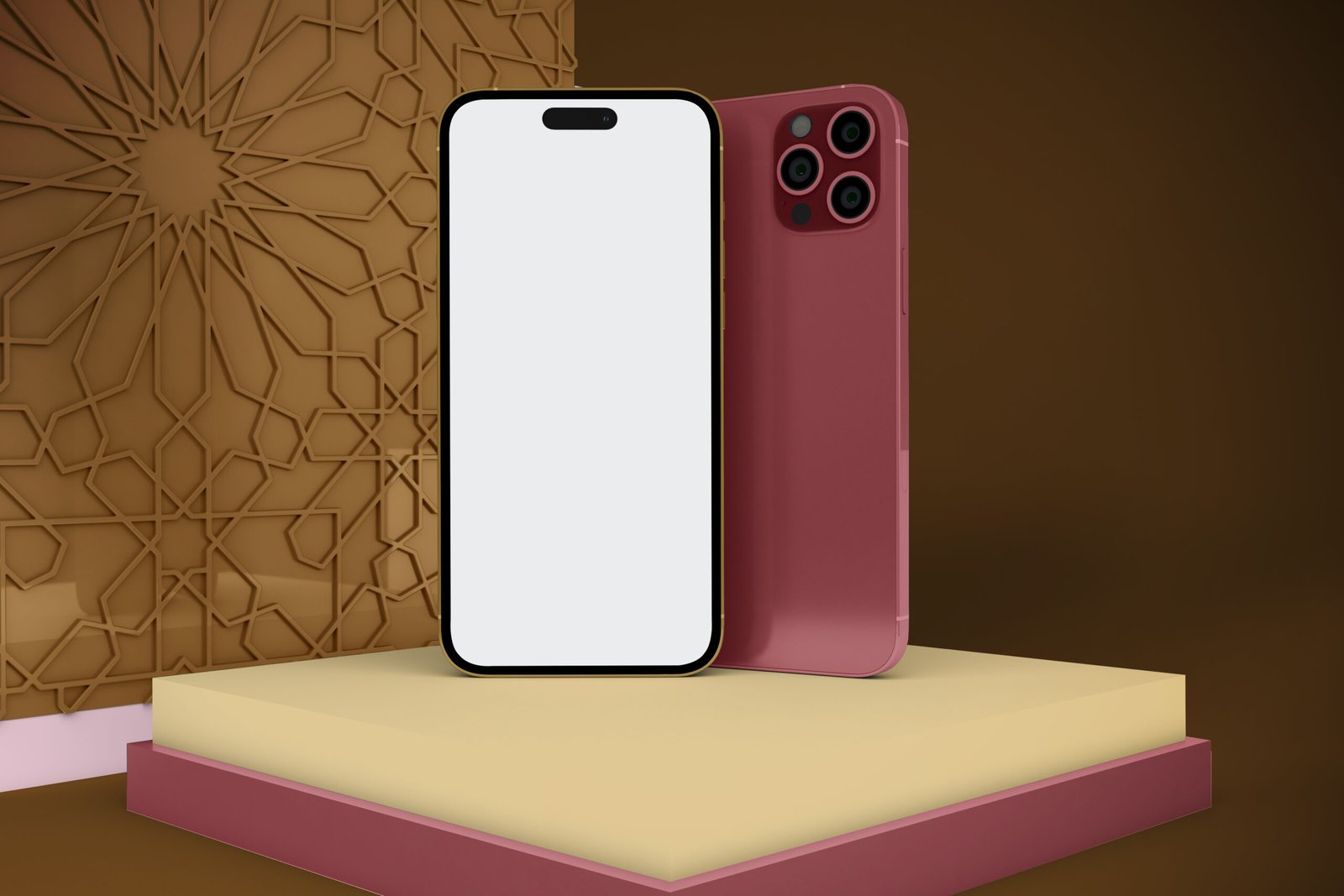How to Make B2B Marketing Engaging Again
Recent Post
Get A Free Quote

B2B marketing has shifted in the past 10 years. The traditional methods of cold calling, templated emails, and inauthentic reach-outs on LinkedIn are now dead. The value, context, and authentic way to communicate to those decision-makers is more than expected than ever, and it has been a struggle for marketers to always make B2B campaigns engaging. In many cases, they will use the excuse of ‘it’s a professional’, and thus don’t feel creativity is warranted. In fact, its quite the opposite of that – B2B buyers also want engaging material that respects their time and intelligence.
Anyway, here is a pragmatic guide on how to get back to engaging B2B marketing again.
1. Understand Your Audience Extremly Well
- The first step is to understand your audience beyond their industry and job title. Get to know:
- What challenges they faced on a daily basis
- What goals and KPI’s they are held accountable for
- What tools they leverage
What content formats they gravitate towards the most (video, podcast, infographics, case studies, short explainers)
From this information, you can create detailed buyer personas. Try interviewing current clients, analyzing your social media interactions, and running a quick poll to your audience on LinkedIn. Engaging marketing begins with relevance.
2. Use Storytelling Activities, Not metrics
Most B2B content is filled with stats, features, and jargon. While metrics matter, it’s stories that capture readers’ attention. You can add storytelling to your writing by:
- Telling stories about customer success, or using a narrative form to tell how your solution resulted in a change in someone’s workflow, productivity, or growth
- If you can, tell directly about the results your solution to someone’s work process (time, resources, workflow team transformation, etc.)
- Use direct quotes from paying clients to establish trust and humanise the brand (Joe said…).
- Example – Instead of saying, “Our software developed 45% more efficient processes,” you could provide a short narrative: “Before implementing our software, the team at XYZ Ltd spent three hours a day manually approving tasks or requests. Now the process is automated, so they have reduced their daily work to 30 minutes! This frees up the team to be more strategic, and deliver to clients with shorter turnaround times.”
Stories create emotional connections – still important as we make logical decisions on behalf of organisation for our peers.
3. Personalise at Scale
Using technology, we can achieve hyper-personalisation at scale without doing Manual Integration. Some ideas for platforms or processes:
- Dynamic content blocks in emails
- Behavior based CTAs on the website
- LinkedIn message personalisation tools
- CRM works (rolling in previous actions they had on their products, site, industry, company size, organisation size, recent activity)
Get personalisation right, and people know you’ve put effort into recognising their business and problems -standing out as non-generic sales.
4. Create Interactive Content for the Busy B2B Buyer
Usually, passive reading from these busy professionals can lead to no engagement. The purpose of interactive content is to have higher performance and greater engagement and action. Examples could include:
– ROI calculators that outline potential savings
– Product recommendation quizzes
– Interactive infographics, and dashboards
– Surveys and assessments with instant results
All these examples of content bring value quickly to prospects selling used by marketers to increase conversions.
5. Make Video Your Hero Content
Video is no longer optional in B2B marketing. Research suggests that more than 70% of B2B buyers are watching videos during their buying journey. You should create content with your videos, including:
– Short explainer videos for your offerings
– Customer testimonials delivered as videos
– LinkedIn native videos to share tips or behind-the-scenes views
– Personalised video messages in outreach campaigns
Keep your videos short in length, use clear captions and clear branding. Even one-minute videos can show informed ideas effectively be concise.
6. Humanise your brand voice
Many B2B brands adopt a rigid, excessively formal tone for the sake of professionalism. However, using a conversational, approachable tone will build rapport. How? Use:
- active voice instead of passive voice
- short sentences
- direct ‘you’ and ‘your’ addressing
- relatable humour, when it makes sense
You want your brand to sound like a team of helpful experts, not faceless corporate robots.
7. Content – use live sessions and webinars in new ways
Webinars are still an amazing tool for lead generation, but need to reinvent themselves to stay current:
- Limit slides, focus on live demonstrations and interactive Q&A
- Involve guest speakers and ask them to represent your customer base
- Host a panel discussion instead of a presentation
Invite attendees to submit questions pre-session and use them as questions during the session
Live content creates trust. The power of live shows your brand isn’t just a service provider, but an educator in the industry.
8. Use LinkedIn Directly
LinkedIn is a wealth of opportunity for B2B marketing, but few companies take advantage of this opportunity fully. Instead of keeping your focus on pre-scheduled posts,
- Interact meaningfully with the content of your prospects
- Use LinkedIn polls to get insight while getting visibility
- Post genuine, authentic comments on trendy posts or professional industry discussions
- Build a dedicated audience by publishing LinkedIn newsletters
Engaging consistently is just as important as posting consistently.
9. Emphasize Outcome-Based Messaging
B2B purchasers are outcome-oriented. Tailor your messages toward outcomes, i.e., what the prospect will realize in results over and above products or processes. Instead of saying:
“We offer cloud migration services that provide seamless integration and minimal downtime.”
Say:
“Make the switch to cloud in weeks, not months, without stopping your business activities or operations.”
Outcome-based messaging conveys clarity and helps position your company as a solutions Band-Aid, rather than just a service provider.
Bringing It All Together
B2B marketing doesn’t have to be boring. With the right mix of storytelling, interactivity, personalisation, and human voice, your campaigns can engage decision-makers meaningfully and drive results.
At Conversions, we believe that engaging B2B marketing stems from understanding human psychology, not just marketing algorithms. Your buyers are humans first – with emotions, fears, goals, and dreams. Speak to them accordingly, and your brand will stand out in today’s cluttered digital landscape.
Reviving B2B marketing engagement is a continuous process, but with these strategies, you can create content and campaigns that your audience wants to read, watch, and act upon. Start implementing these today and observe the improvement in your engagement, lead quality, and long-term business relationships.



